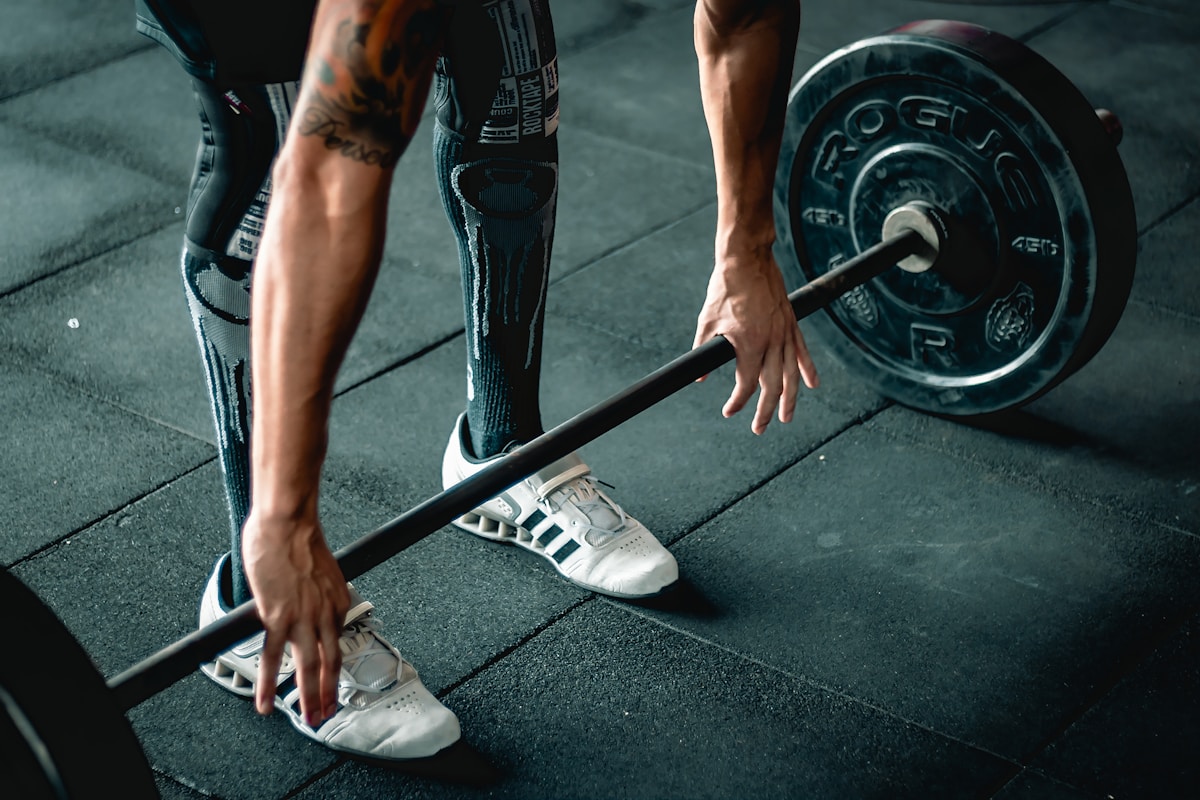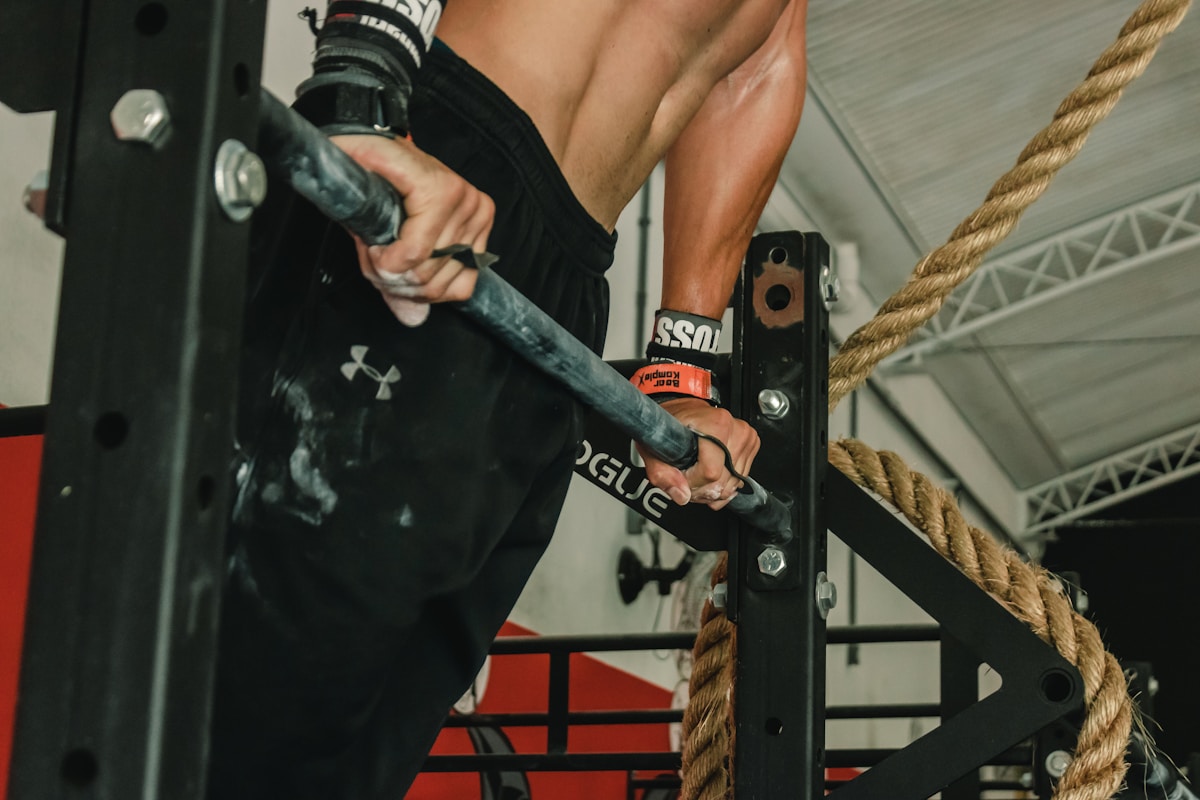HIIT: The Science Behind High-Intensity Interval Training
The Basics of HIIT: Understanding the Principles of High-Intensity Interval Training
The Basics of HIIT: Understanding the Principles of High-Intensity Interval Training
High-Intensity Interval Training (HIIT) has gained significant popularity in recent years for its effectiveness in improving fitness and achieving quick results. But what exactly is HIIT, and how does it work? Understanding the principles behind HIIT is essential to harness its full potential and optimize your workouts.
At its core, HIIT involves alternating periods of intense exercise with short recovery periods of lower intensity or rest. These intense bursts of activity push your body to its limits, triggering various physiological adaptations. The goal is to elevate your heart rate to near-maximum levels during the high-intensity intervals, followed by active recovery or complete rest during the low-intensity periods.
The main principle behind HIIT lies in its ability to induce an “afterburn effect” or excess post-exercise oxygen consumption (EPOC). This means that even after you finish your workout, your body continues to burn calories at an elevated rate to restore oxygen levels, repair tissues, and replenish energy stores. This metabolic effect makes HIIT a time-efficient and effective method for burning calories and fat, even hours after your workout.
Additionally, HIIT stimulates cardiovascular fitness by challenging your heart and lungs to work at high intensities. The repeated cycle of pushing your heart rate up and allowing it to recover strengthens the cardiovascular system and improves its efficiency.
In this blog post, we dive into the basics of HIIT, exploring the principles that make it an effective training method. We discuss the science behind HIIT, its benefits, and how it compares to traditional cardio exercises. By understanding the fundamentals of HIIT, you can tailor your workouts and maximize the results of your training sessions.
The Science of HIIT: Exploring the Physiological Effects and Benefits of High-Intensity Interval Training
The Science of HIIT: Exploring the Physiological Effects and Benefits of High-Intensity Interval Training
High-Intensity Interval Training (HIIT) has been the subject of numerous scientific studies due to its effectiveness in improving fitness and health outcomes. By examining the physiological effects of HIIT, we can gain insight into why it is such a powerful training method.
One key physiological effect of HIIT is its impact on cardiovascular fitness. HIIT workouts challenge the cardiovascular system by pushing the heart rate to its maximum during intense intervals. This leads to improved cardiovascular endurance, increased stroke volume, and enhanced oxygen delivery to working muscles.
Another significant benefit of HIIT is its impact on fat burning and metabolic health. HIIT has been shown to increase post-exercise oxygen consumption (EPOC), which means that the body continues to burn calories at an elevated rate even after the workout. This can lead to greater fat loss and improved metabolic efficiency over time.
HIIT also triggers muscle adaptation and growth. The intense bursts of activity during HIIT stimulate the release of anabolic hormones, such as growth hormone and testosterone, promoting muscle development and strength gains. Additionally, HIIT can improve muscle endurance and power output by engaging both fast-twitch and slow-twitch muscle fibers.
Moreover, HIIT offers time efficiency, making it an attractive option for those with busy schedules. Short, intense workouts can provide similar or even superior benefits compared to longer, steady-state cardio exercises, saving valuable time while still achieving desired fitness outcomes.
In this blog post, we delve into the science behind HIIT, exploring the physiological effects and benefits it offers. By understanding how HIIT impacts cardiovascular fitness, fat burning, metabolic health, and muscle adaptation, you can make informed decisions about incorporating HIIT into your fitness routine. Join us as we explore the fascinating science behind HIIT and its potential to transform your fitness journey.
HIIT vs. Traditional Cardio: Comparing the Effectiveness of High-Intensity Interval Training and Steady-State Cardiovascular Exercise
HIIT vs. Traditional Cardio: Comparing the Effectiveness of High-Intensity Interval Training and Steady-State Cardiovascular Exercise
When it comes to cardiovascular exercise, two popular options are High-Intensity Interval Training (HIIT) and traditional steady-state cardio. While both have their merits, understanding the differences between the two can help you choose the approach that aligns with your fitness goals and preferences.
Steady-state cardio involves performing moderate-intensity exercise, such as jogging or cycling, at a consistent pace for an extended duration. This type of exercise primarily targets aerobic endurance, improving cardiovascular health and endurance over time. It is effective for building a solid aerobic base and burning calories during the exercise session.
On the other hand, HIIT is characterized by short bursts of high-intensity exercise followed by periods of rest or lower-intensity recovery. HIIT workouts are typically shorter in duration but more intense than steady-state cardio. This training method challenges both the aerobic and anaerobic systems, improving cardiovascular fitness, boosting metabolism, and promoting fat burning.
Numerous studies have compared the effects of HIIT and steady-state cardio on various health and fitness markers. Research suggests that HIIT may lead to greater improvements in cardiovascular fitness, fat loss, and metabolic health compared to traditional cardio. HIIT has been shown to enhance oxygen uptake, increase insulin sensitivity, and improve markers of cardiovascular health more effectively than steady-state cardio.
However, it’s important to note that both HIIT and steady-state cardio have their place in a well-rounded fitness program. The choice between the two depends on your fitness goals, time constraints, and personal preferences.
In this blog post, we delve into the key differences between HIIT and traditional cardio, examining the effectiveness of each approach in improving cardiovascular fitness, fat loss, and overall health. By understanding the unique benefits and considerations of both methods, you can make an informed decision about which approach best suits your needs and helps you achieve your fitness goals.
HIIT and Metabolism: How High-Intensity Interval Training Boosts Fat Burning and Improves Metabolic Health
HIIT and Metabolism: How High-Intensity Interval Training Boosts Fat Burning and Improves Metabolic Health
High-Intensity Interval Training (HIIT) has gained attention for its ability to promote fat burning and improve metabolic health. Understanding the relationship between HIIT and metabolism is key to unlocking the full potential of this training method.
During HIIT, the intense bursts of activity push your body to its limits, creating a metabolic demand that triggers various adaptations. One of the key benefits of HIIT is its ability to increase post-exercise oxygen consumption (EPOC), also known as the “afterburn effect.” This means that even after your workout, your body continues to burn calories at an elevated rate to restore oxygen levels, repair tissues, and replenish energy stores. This prolonged calorie burn contributes to fat loss and can have a positive impact on overall body composition.
Furthermore, HIIT has been shown to improve insulin sensitivity and glucose metabolism. Intense exercise during HIIT stimulates the uptake of glucose by muscle cells, enhancing their ability to use carbohydrates for energy. This improved glucose metabolism can help regulate blood sugar levels and reduce the risk of metabolic disorders such as insulin resistance and type 2 diabetes.
HIIT also activates important metabolic pathways involved in fat metabolism. It stimulates the release of catecholamines, such as adrenaline and noradrenaline, which increase lipolysis (breakdown of fat) and fatty acid oxidation. These metabolic responses contribute to the overall fat-burning effect of HIIT.
In addition to its impact on fat burning, HIIT has been shown to improve cardiovascular fitness, increase muscle mass, and enhance overall metabolic rate. These combined effects make HIIT a powerful tool for improving metabolic health and supporting weight management.
In this blog post, we delve into the relationship between HIIT and metabolism, exploring how HIIT promotes fat burning, improves insulin sensitivity, and enhances overall metabolic health. By understanding the metabolic benefits of HIIT, you can optimize your training approach and unlock the full potential of this effective workout method.
Designing an Effective HIIT Workout: Tips and Strategies for Creating a High-Intensity Interval Training Routine
Designing an Effective HIIT Workout: Tips and Strategies for Creating a High-Intensity Interval Training Routine
Creating an effective High-Intensity Interval Training (HIIT) workout involves careful planning and consideration of key factors to maximize the benefits and results. Whether you’re a beginner or an experienced athlete, designing a well-rounded HIIT routine can help you achieve your fitness goals more efficiently.
First, determine the work-to-rest ratio that suits your fitness level and goals. A common approach is to start with a 1:1 ratio, where the high-intensity exercise duration matches the recovery duration. As you progress, you can increase the intensity or adjust the ratio to challenge yourself further.
Next, select exercises that engage large muscle groups and target multiple joints. This ensures a higher caloric expenditure and a more comprehensive workout. Exercises such as burpees, squats, push-ups, and mountain climbers are popular choices for HIIT workouts due to their ability to engage multiple muscle groups simultaneously.
Consider incorporating both cardiovascular and strength-based exercises to create a well-rounded routine. This combination helps improve overall fitness, enhances muscle tone, and promotes fat burning.
It’s essential to warm up adequately before diving into the intense intervals of a HIIT workout. Dynamic stretches and light aerobic exercises can prepare your body for the demands of high-intensity movements while reducing the risk of injury.
Lastly, vary your workouts to avoid plateauing and keep the challenge level high. You can modify the duration, intensity, or exercises used in each session to keep your body and mind engaged.
In this blog post, we explore the tips and strategies for designing an effective HIIT workout. From determining the work-to-rest ratio to selecting exercises and incorporating variety, we provide insights to help you create a personalized HIIT routine that aligns with your goals and maximizes your results. Join us as we delve into the world of HIIT workout design and empower you to take your fitness to the next level.
Conclusion
By incorporating the tips and strategies discussed in this blog post, you can create an effective and tailored HIIT workout routine that suits your fitness goals and preferences. Whether you’re aiming to improve cardiovascular fitness, burn fat, or increase overall strength and endurance, HIIT can be a powerful tool in your fitness arsenal. Embrace the challenge and enjoy the benefits of HIIT as you elevate your fitness level and achieve the results you desire. Start designing your personalized HIIT routine today and experience the transformative power of this high-intensity training method.



